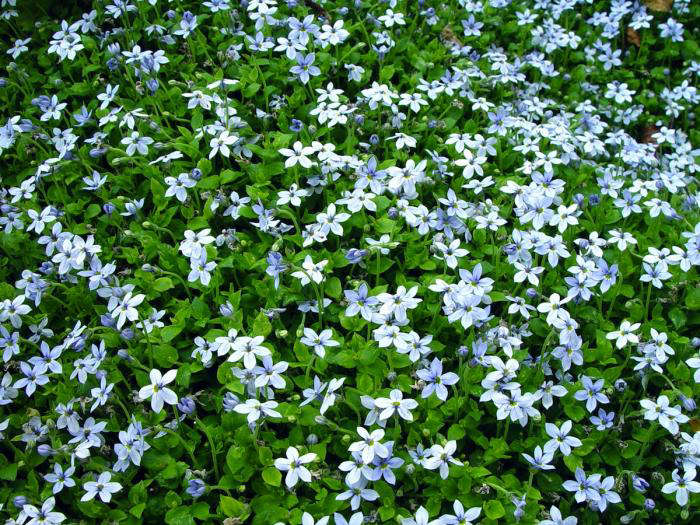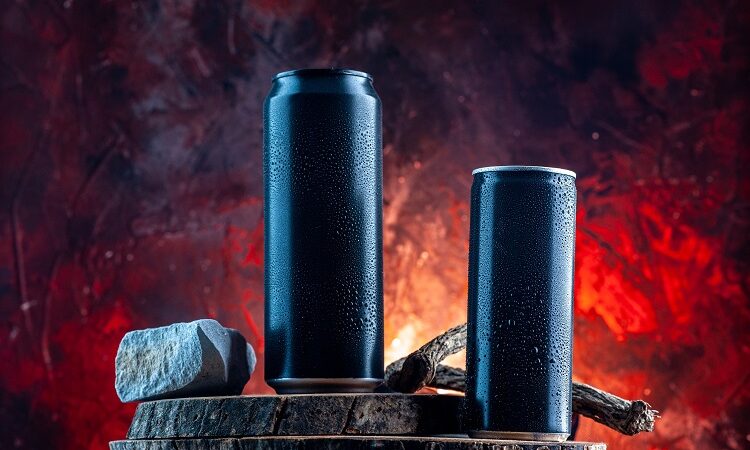Isotoma Fluviatilis Seeds

Isotoma fluviatilis, commonly known as Blue Star Creeper, is a delicate and charming ground cover plant that has gained popularity for its vibrant blue flowers and lush, creeping habit. While the plant itself is well-loved for its ornamental qualities, it is the small but powerful Isotoma fluviatilis seeds that hold the key to its propagation and continuation. In this article, we will delve into the fascinating world of Blue Star Creeper seeds, exploring their characteristics, germination process, and the secrets they harbor.
Table of Contents
ToggleCharacteristics of Isotoma Fluviatilis Seeds:
Isotoma fluviatilis seeds are tiny, measuring only about 1 to 1.5 millimeters in size. They are light brown to black, resembling miniature specks that might easily go unnoticed amidst the lush foliage of the Blue Star Creeper. The small size of these seeds hides the potential for new life and the continuation of the species.
One remarkable feature of Isotoma fluviatilis seeds is their hard seed coat. This protective layer plays a crucial role in safeguarding the seed during its dormant period, shielding it from environmental factors that might otherwise compromise its viability. The hard coat also serves as a barrier against premature germination, ensuring that the seed only sprouts when conditions are optimal.
Germination Process:
The germination process of Isotoma fluviatilis seeds is a fascinating journey that begins with the right environmental cues. These seeds, like many others, require specific conditions to break their dormancy and initiate growth. Understanding these conditions is essential for successful propagation.
- Moisture: Isotoma fluviatilis seeds thrive in consistently moist conditions. Adequate moisture is essential to soften the hard seed coat and trigger the germination process. While the plant itself is known for its adaptability to various soil types, the seeds demand a consistently moist environment to ensure successful germination.
- Temperature: Blue Star Creeper seeds typically respond well to warm temperatures. The ideal range for germination falls between 65 to 75 degrees Fahrenheit (18 to 24 degrees Celsius). This moderate warmth signals to the seed that the environment is conducive to growth, prompting it to break dormancy and start sprouting.
- Light: Unlike some seeds that require exposure to light for germination, Isotoma fluviatilis seeds prefer darkness. These seeds are adapted to germinate beneath the soil surface, making them well-suited to their natural environment.
- Soil: Blue Star Creeper seeds are not particularly picky about soil type but prefer well-draining, fertile soil. A loamy mix with good drainage ensures that the seeds receive adequate moisture without becoming waterlogged, promoting healthy germination.
Secrets of Success in Isotoma Fluviatilis Seed Germination:
- Scarification: The hard seed coat of Isotoma fluviatilis seeds may present a challenge to germination. Scarification, a process that involves nicking or scratching the seed coat, can help overcome this barrier. This can be done manually using a file or sandpaper or by soaking the seeds in water for a specified period.
- Cold Stratification: Some gardeners have found success in germinating Blue Star Creeper seeds through a process called cold stratification. This involves exposing the seeds to a period of cold temperatures, mimicking winter conditions. This process can be achieved by placing the seeds in a moist medium and refrigerating them for several weeks before sowing.
- Patience: Successful germination of Isotoma fluviatilis seeds requires patience. Due to their hard seed coat and specific germination requirements, these seeds may take some time to sprout. Gardeners are encouraged to maintain consistent moisture and provide the necessary conditions while allowing nature to take its course.
The Rewards of Growing Blue Star Creeper from Seed:
While Blue Star Creeper is readily available as potted plants in nurseries, growing it from seed offers unique rewards. Propagating Isotoma fluviatilis from seed allows gardeners to witness the complete life cycle of the plant, from the tiny seed to the lush, flowering ground cover.
Additionally, growing Blue Star Creeper from seed provides a cost-effective way to cover larger areas. The small size of the seeds might seem inconspicuous, but each one has the potential to contribute to a sea of delicate blue blooms, transforming a garden space into a carpet of color.
Conclusion:
Isotoma fluviatilis seeds, though small in size, hold the promise of new beginnings for Blue Star Creeper enthusiasts. Understanding the characteristics and germination requirements of these seeds is essential for successfully propagating this charming ground cover plant. Whether you choose to sow the seeds directly in your garden or embark on the journey of nurturing seedlings, the secrets of Isotoma fluviatilis seeds unveil a captivating world of growth and beauty. So, roll up your sleeves, embrace the magic of germination, and watch as the Blue Star Creeper unfolds its enchanting tale in your garden.






